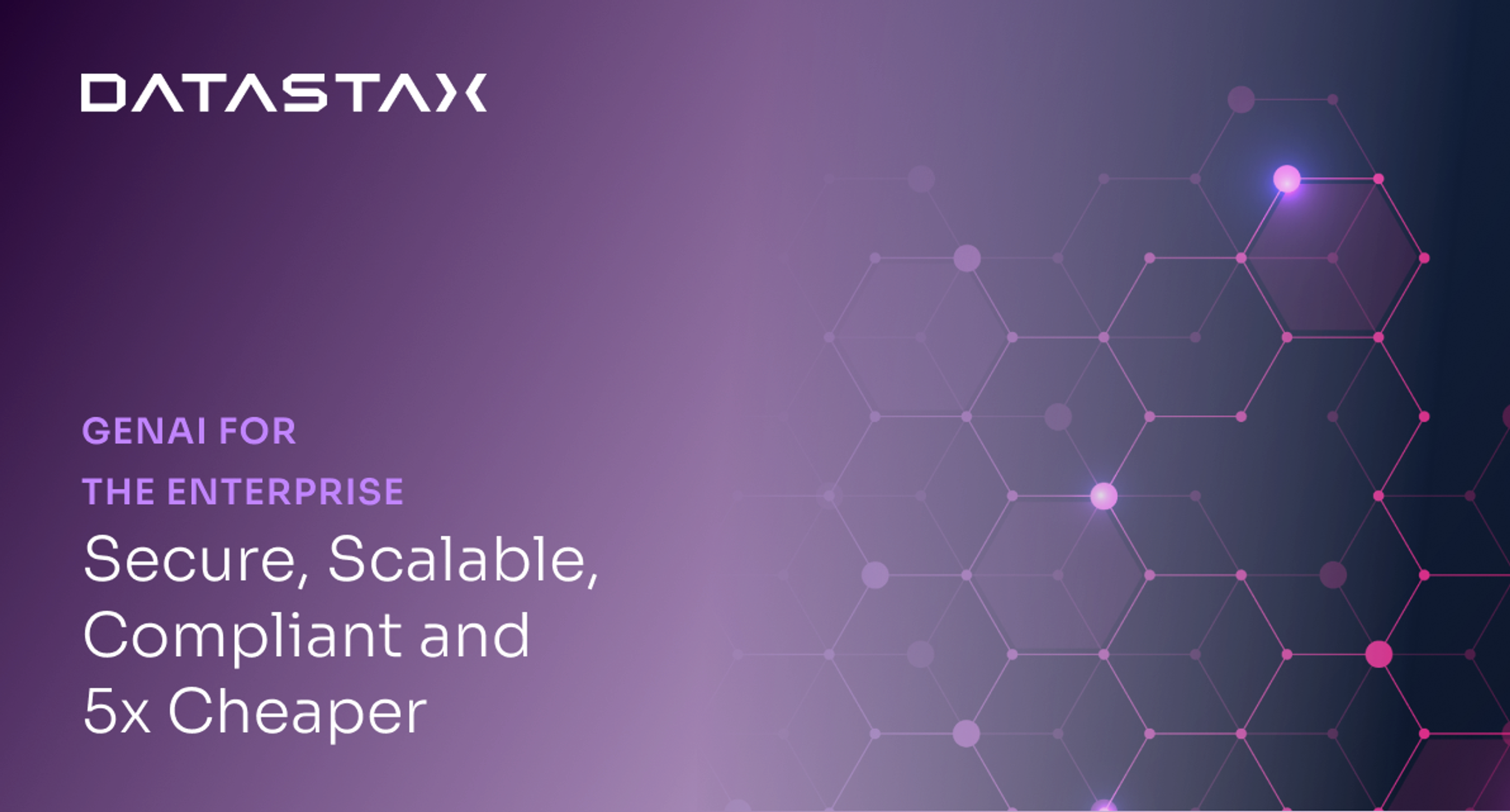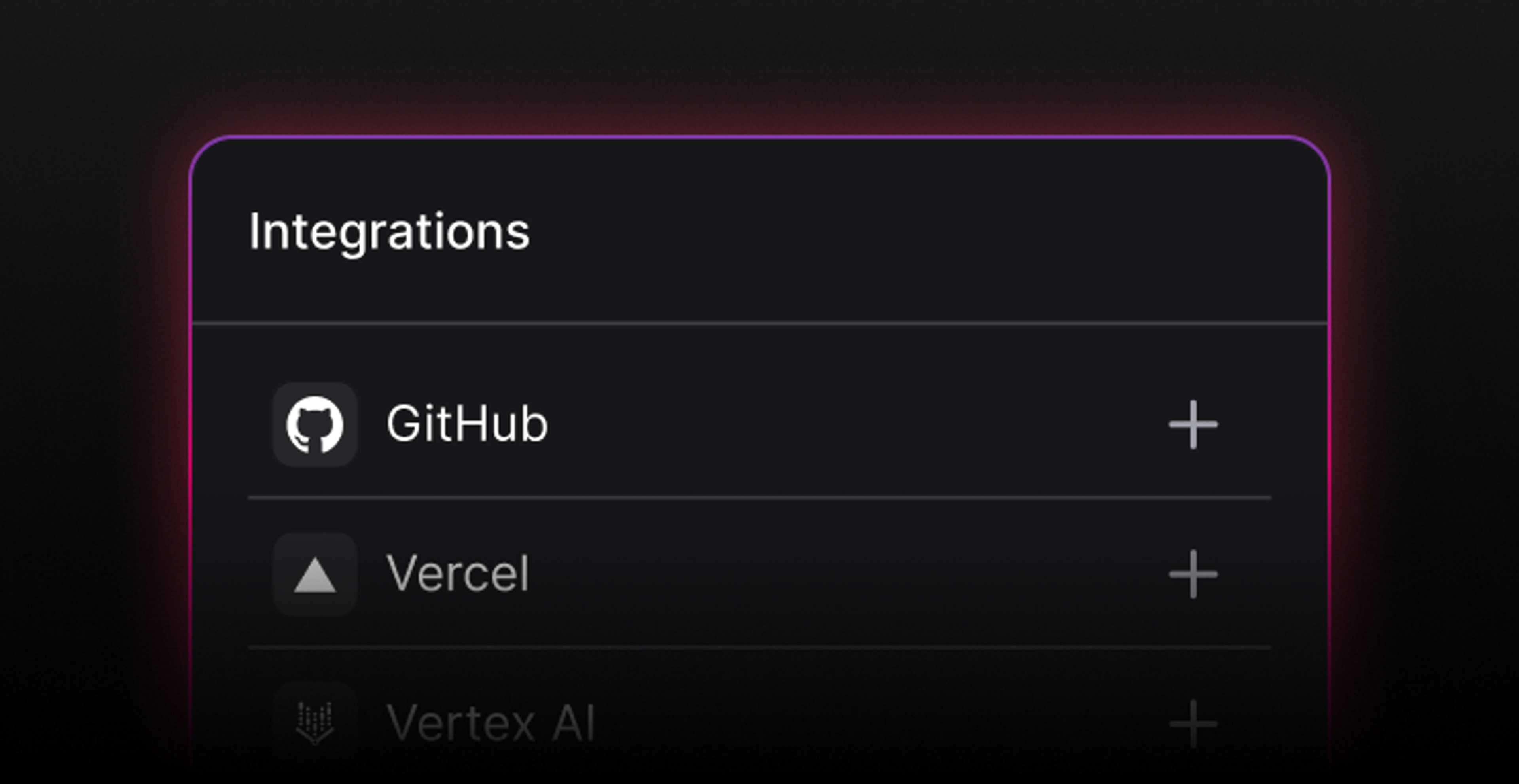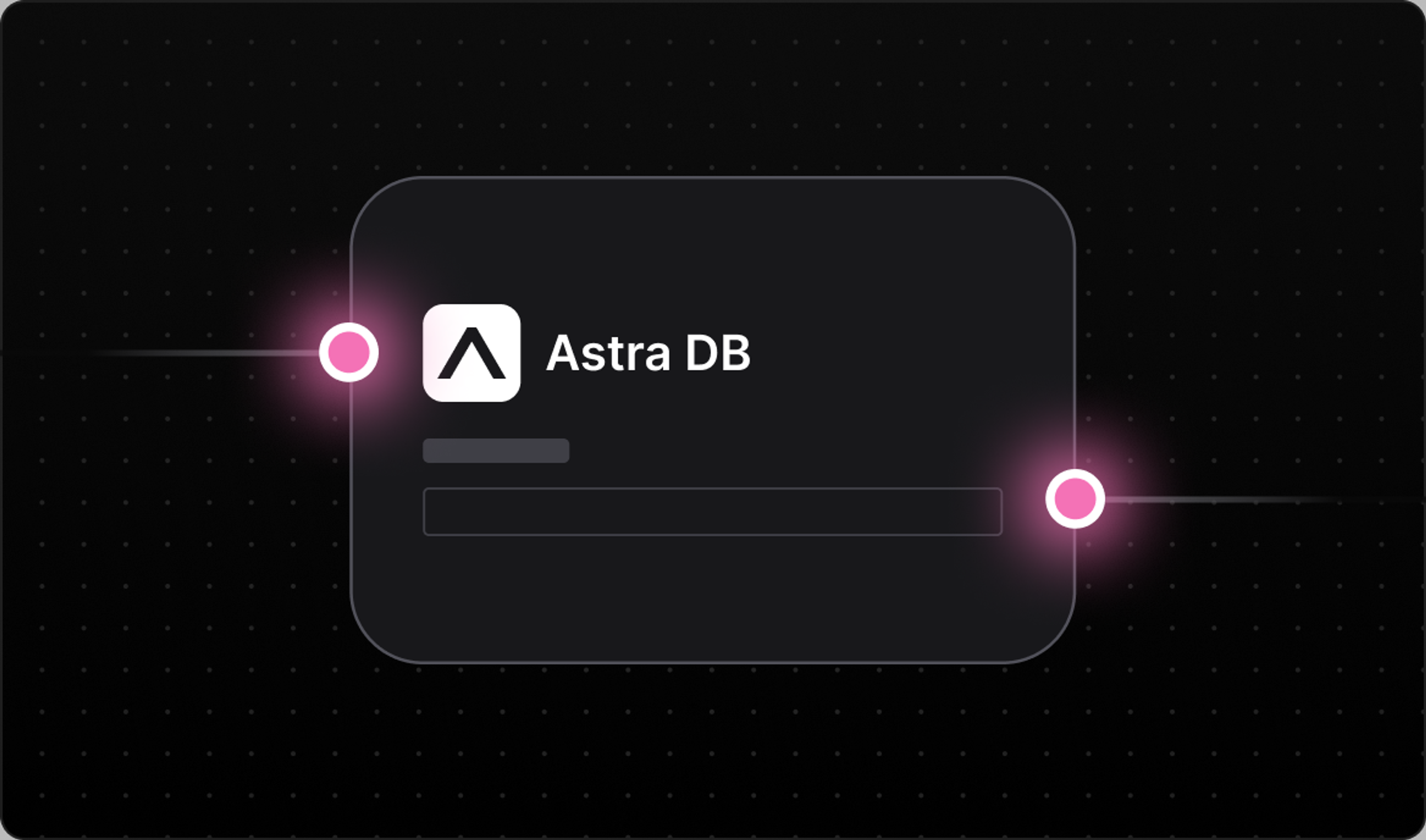What is Astra DB, and how does it support AI applications?
Astra DB is a cloud native NoSQL database designed for building real-time AI applications. With built-in vector search capabilities, it allows AI models to retrieve relevant data quickly, making it ideal for generative AI, natural language processing, and recommendation systems.

















